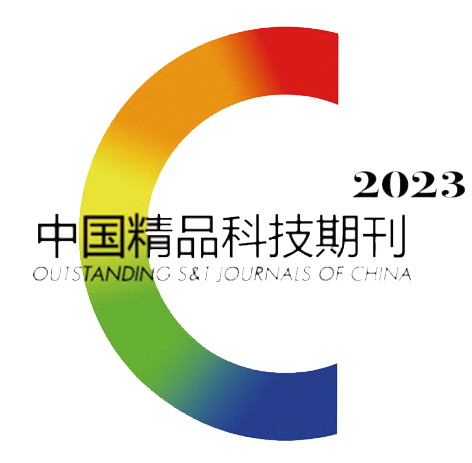Abstract:
Quercetin, naringenin, and hesperetin are the hydrolysis products of rutinoside flavonoids, known for their multiple biological activities and potential applications. To explore the characteristics of different rutinosidases in preparing quercetin, naringenin, and hesperetin, the rutinosidase AnRut from
Aspergillus niger CBS 513.88, and
αR
βD I and
αR
βD II from
Acremonium sp. DSM 24697 were selected for comparative studies on substrate specificity and enzymatic properties. The results showed that, all three rutinosidases could only hydrolyze flavonoid compounds with
α-1,6-linked rutinosides, but had no effect on flavonoid compounds with
α-1,2-linked neohesperidosides. AnRut primarily hydrolyzed 3-O-linked rutin,
αR
βD I mainly hydrolyzed 7-O-linked narirutin and hesperidin, while
αR
βD II showed no significant difference in hydrolytic activity towards both types of substrates. Molecular docking results indicated that there were distinct binding modes within the three rutinosidases with rutin, narirutin, and hesperidin, and the substrate specificities of the three rutinosidases were influenced with variations in their interactions with the glycoside structures rutinoside flavonoids. The optimal temperature for AnRut was 50 ℃, and the optimal pH was 4.0. Additionally, 10 mmol/L
β-ME and DTT significantly enhanced AnRut's enzymatic activity, increasing the relative activity to 223% and 242% of the wild type, respectively. The optimum temperature and pH of
αR
βD I was 70 ℃ and 4.0, demonstrating efficient hydrolysis of narirutin and hesperidin under acidic conditions.
αR
βD II, meanwhile, had an optimal temperature of 40 ℃ and an optimal pH of 6.0, indicating its suitability for hydrolyzing rutinoside flavonoids under neutral conditions. This study would provide experimental and theoretical references for the preparation of quercetin, naringenin, and hesperetin using rutinosidases and lay the groundwork for future research on the structure-activity relationship of rutinosidases.




 下载:
下载: